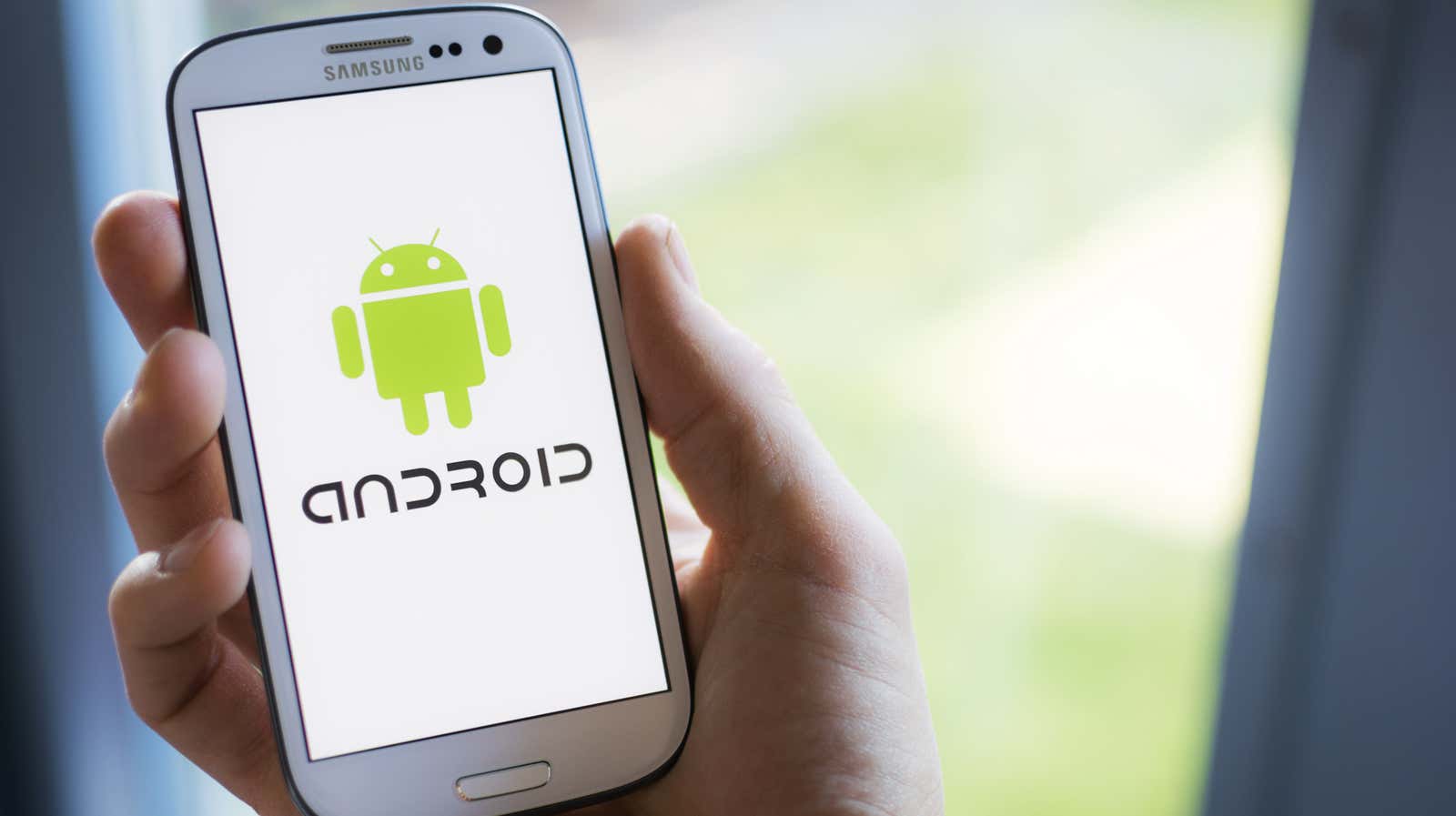How to Set up the New Google Accessibility Features on Android

Yesterday was World Accessibility Awareness Day. To mark the occasion, Google announced a number of new accessibility features for Android and Google Maps.
Notably, it made it easier to find information about wheelchair accessibility in Google Maps and added some new features for the deaf or hard of hearing that could potentially do everything from ordering food in a food truck to attending a college lecture.
Know when your name is
Last year, Google launched Live Transcribe, an accessibility app created by Google that provides real-time text-to-speech conversations for those who may be deaf or hard of hearing. Today, the company has begun introducing new features to the app, including a way to make your phone vibrate when it hears your name.
The idea here is that if you’re waiting in a restaurant for a pick-up order or anywhere else your name might be called, this feature will allow you to do so from six feet away while still being able to know when they’ll call you. title.
To activate the function:
- With Live Transcribe running, tap Settings.
- Tap More Settings.
- Tap Vibrate when name is spoken.
- Tap Add Name.
In addition, Google is adding the ability to add custom names or terms to the app for things like aliases that don’t normally appear in a dictionary. You can also search past transcriptions. To use this feature, you need to enable the “Save transcriptions” feature in the settings, but after that your conversations will be saved for 3 days before they are deleted.
Live Transcribe now also supports 70 languages, including the newly added Albanian, Burmese, Estonian, Macedonian, Mongolian, Punjabi, and Uzbek.
Amplifying sound via Bluetooth
Android Sound Booster now works with Bluetooth headphones. Similar to Live Transcribe, this is a Google app that you need to install on your device . Previously, it only worked with wired headphones, which limited its options.
With the app, you can place your phone next to the sound source and then listen to it through Bluetooth headphones. For example, a student might place their phone on the teacher’s desk at the front of the class so they can clearly hear the lecture from their seat across the room.
On Pixel devices, you can now also amplify the audio from the media playing on your device to make it louder.